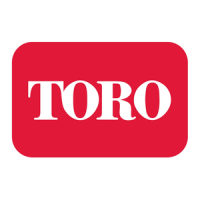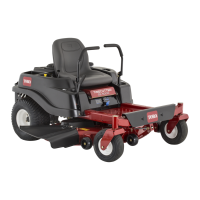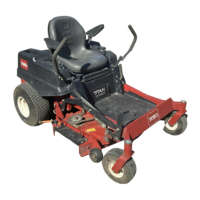What to do if clutch overcurrent on Toro 74096 Lawn Mower Accessories?
- CclaudiaellisSep 7, 2025
If the clutch current of your Toro Lawn Mower Accessories is above the limit, cycle the key switch to clear the fault. Check the PTO clutch condition and the related wiring. If the issue continues, contact an Authorized Service Dealer.







